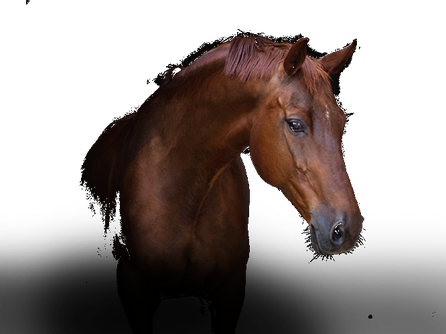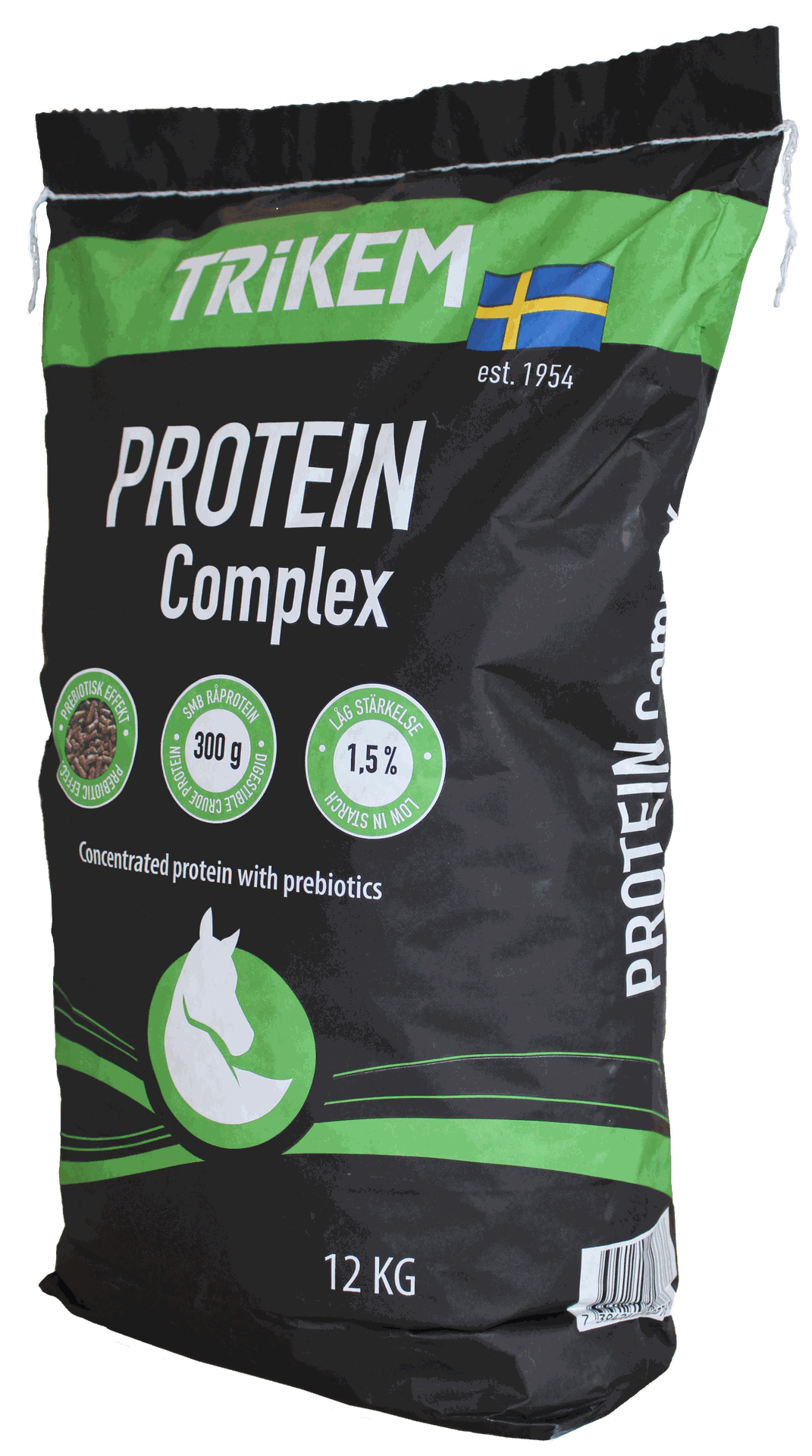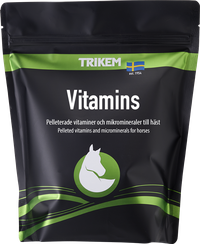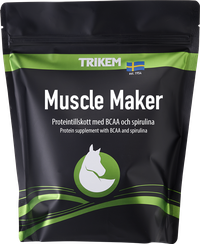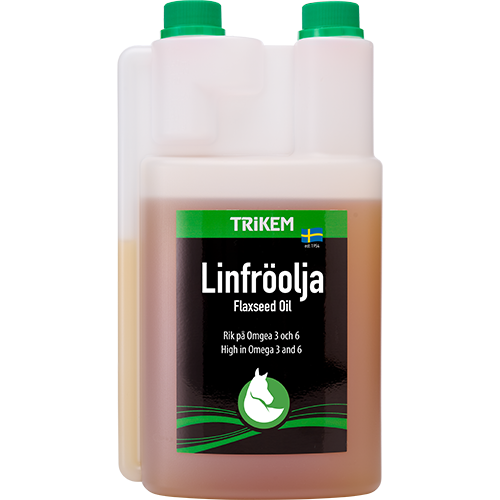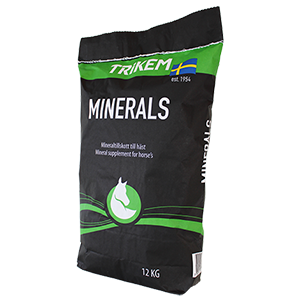Feeding the senior horse
When is my horse considered old, and should I feed it differently?
Many questions arise for horse owners as their horses begin to age. Let's start with the most basic one:
When does a horse actually become old?
A 2011 study asked horse owners what signs of aging they had noticed. The most common included stiff joints, gray hairs, reduced muscle tone, and hollows above the eyes (Ireland et al., 2011). But there's more happening in the aging horse than what meets the eye—and many things an owner should pay attention to.
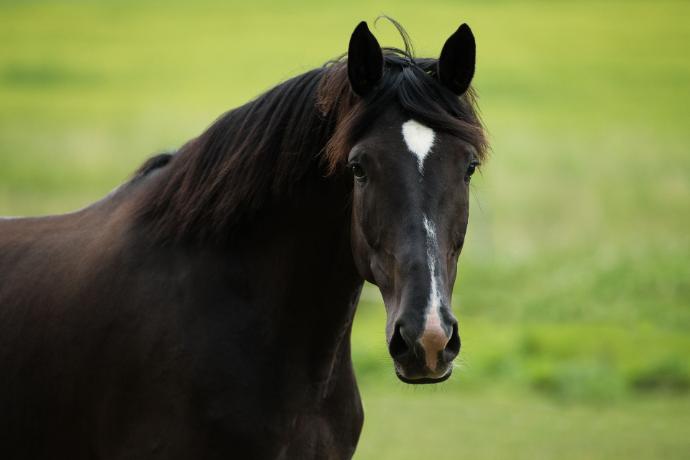
From a feeding perspective, senior horses can be divided into four categories:
1. The horse remains "normal"
An older horse that maintains good body condition, energy levels, and coat quality on an unchanged feeding regime. These horses don't show any clear signs of aging related to physical function or nutritional needs and can be managed as usual.
2. The horse remains "normal" but gains weight
Being overweight puts unnecessary strain on the horse’s body. A senior horse that is still considered “normal” and is fed similarly to when it was more active is at risk of weight gain. Sometimes this is due to a conscious reduction in work, but it can also happen unconsciously.
Weight gain may also result from metabolic challenges. If you notice your senior horse gaining weight, you need to adjust its energy intake to manage the weight properly.
3. The horse remains "normal" but loses weight
Some older horses remain bright, cheerful, and physically well, but begin losing weight and muscle tone despite receiving their usual ration. For these horses, it's important to first determine the cause of weight loss.
Check the teeth and parasite status. If both are in good condition, and weight loss still occurs, the focus should shift to increasing energy and protein intake in a smart way.
We want to provide these horses with energy-dense feedstuffs such as oil and, if needed, a fattier concentrate feed. When it comes to protein, it's important to choose a high-quality protein source that supplies not only the amount of protein the senior horse requires but also the right quality—specifically, essential amino acids.
4. The horse is showing clear signs of aging
These horses show one or more classic symptoms of aging. This may include dental issues or metabolic changes that make it harder to absorb nutrients. For horses with dental problems, offer softer forage—specifically, finer and more digestible hay. This is assessed using NDF (Neutral Detergent Fibre) values in forage analysis. NDF measures the fiber content that is indigestible to horses (cellulose, hemicellulose, and lignin). A high NDF value means tougher, more fibrous forage.
Healthy horses do well with forage at about 600 NDF/kg DM. Senior horses with dental challenges need forage with a lower NDF value.
Older horses that struggle to chew may not get enough fiber. In such cases, chopped hay or hay pellets can be useful substitutes to ensure adequate fiber intake.
Key considerations for the senior horse:
Weight loss
Dental health
Horses wear down 2–3 mm of their teeth each year, which means that by the age of 25–30, a horse's teeth are likely to be significantly worn. The risk of loose teeth increases with age, and in some cases, teeth may need to be extracted. Poor dental health primarily affects what type of feed a horse can consume. A common sign of dental issues is when the horse starts spitting out small, chewed balls of forage—known as quids. Look for these around the feeding area.
Dental health is one of the most critical factors in how well a senior horse copes with aging.
Parasites
Why some senior horses struggle to maintain body condition has been studied for decades. One hypothesis suggested that a lifetime parasite burden could cause scarring in the intestinal lining, impairing nutrient absorption in old age.
This theory has been both supported and disproven in scientific studies. The conclusion based on current data is that this may have been a valid concern in the 1960s–80s. Today, with better knowledge, regular fecal testing, and targeted deworming, such long-term parasite damage is rare
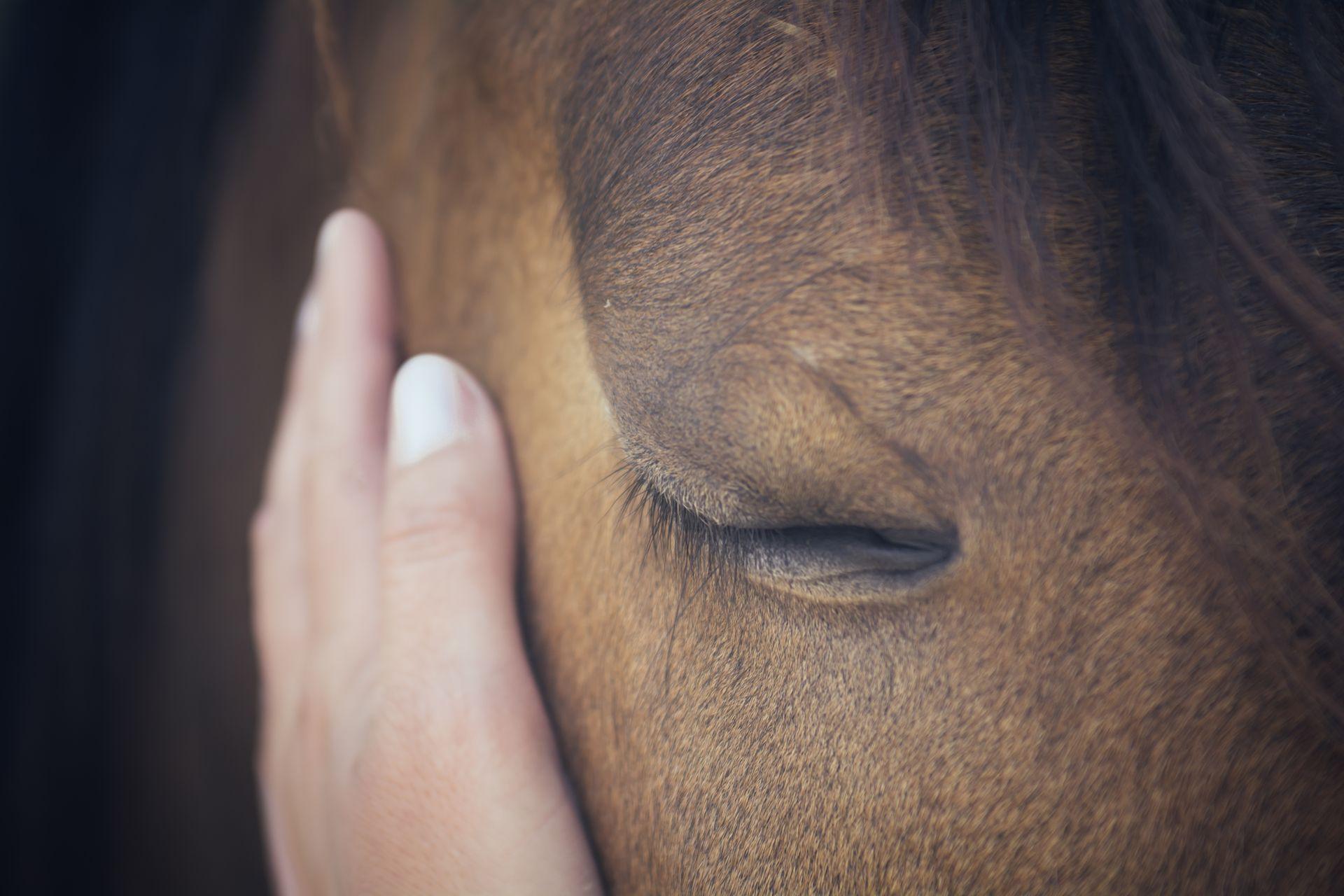
Weight Gain
For senior horses gaining excessive weight, it is essential to either increase exercise (if possible) or adjust the feed ration. It's important not to compromise chewing time—use straw or other low-energy forage sources to extend chewing without increasing caloric intake.
If a metabolic disorder such as EMS (Equine Metabolic Syndrome) or PPID (Pituitary Pars Intermedia Dysfunction) is suspected, sugar and starch intake should be carefully controlled. The general guideline is a maximum of 10% combined sugar and starch in the total diet. Choose forage with no more than 100 g of sugar per kg of dry matter, and concentrate feeds with no more than 10% total sugar and starch. Daily movement is essential for these horses.
If you suspect your senior horse has PPID, it is possible to test and treat it—consult your veterinarian.
Failure to adapt the feeding plan to the horse’s metabolic capacity increases the risk of laminitis, a serious inflammatory condition affecting the hooves. Learn more about laminitis here.
Colic
The risk of impaction colic increases with age. Always provide fresh, clean water—and ideally offer water in a bucket even if an automatic drinker is available.
Another effective way to help prevent colic is to ensure the horse gets salt every day. A 500 kg horse needs about 25 g of salt per day for maintenance—this applies to seniors too. By ensuring salt intake, you help stimulate the horse's thirst response, which encourages adequate water consumption and lowers the risk of colic.
Exercise
Continued exercise is important to help the senior horse maintain muscle tone. However, training may need to be adjusted to match the individual horse’s capabilities.
Studies show that older horses have reduced aerobic capacity—they’re slower to deliver oxygen to the body during exercise. They also take longer to cool down and return to normal heart rate and body temperature after work.
This means warm-ups become especially important, and exercise plans should be age-appropriate. High-intensity interval training may no longer be suitable for senior horses.
Musculoskeletal Health
Movement is vital for any horse. Many horses have been in training or competition for years, which naturally puts wear on their joints. Older horses may appear stiff or “creaky,” often due to a lifetime of strain.
For the still-active senior horse, a joint supplement can provide valuable long-term support. Despite stiffness, movement adapted to the horse’s ability remains highly beneficial.
Muscle Condition
Some senior horses have difficulty maintaining muscle mass. This may be due to reduced training that no longer sufficiently stimulates the muscles—or due to less efficient protein metabolism.
These horses benefit from a highly digestible protein feed rich in essential amino acids.
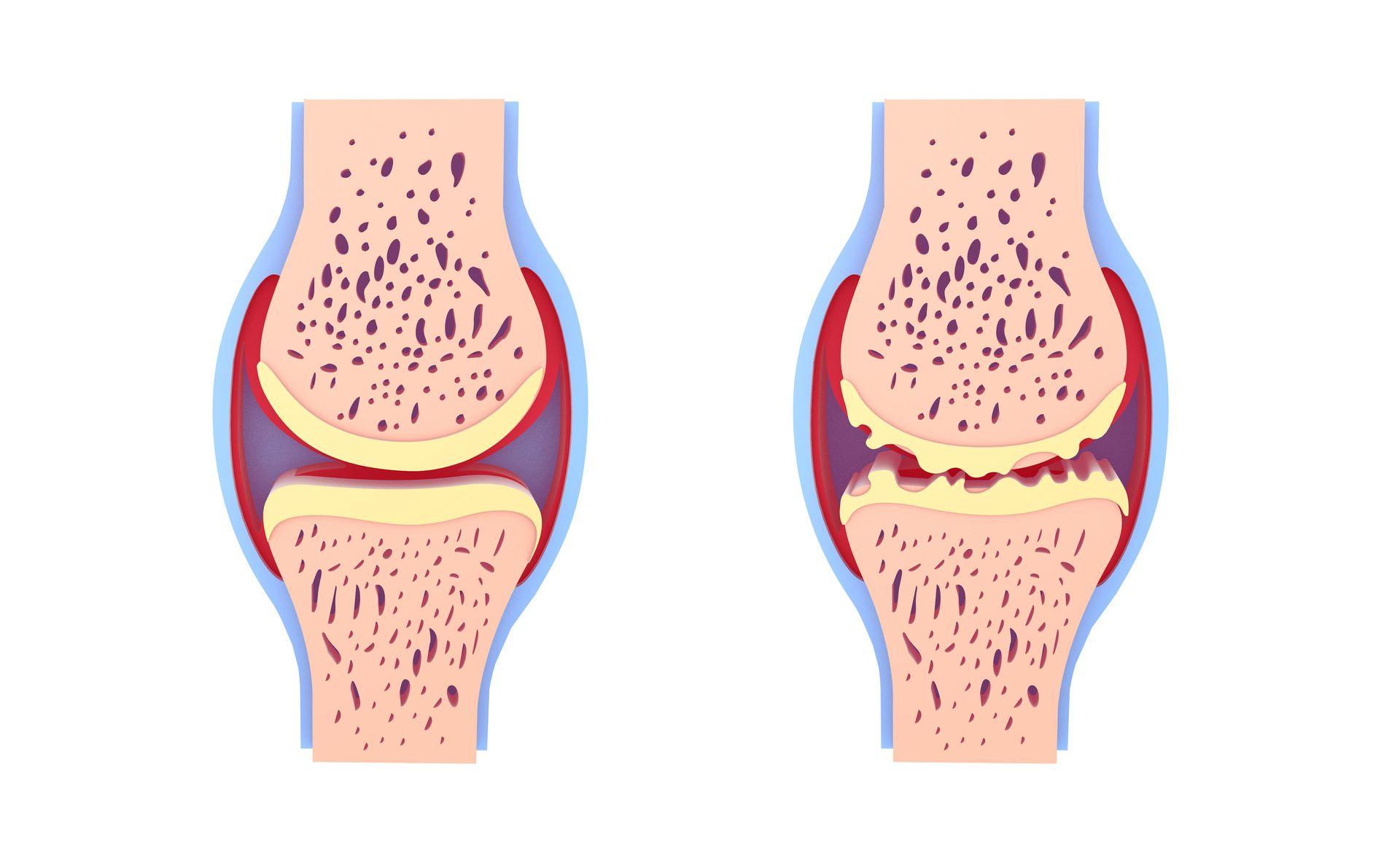
Do senior horses feel the cold more?
Some horses develop reduced thermoregulation with age, meaning they may need more feed to maintain body temperature in colder months. The increased energy demand should primarily be met by increasing forage intake, as the fermentation process in the hindgut is the main source of internal heat production.
Minerals
Senior horses experience a gradual decline in phosphorus absorption in the hindgut (Ireland, 2016). Since calcium absorption remains unchanged, an imbalance in the Ca/P ratio can occur—even when the overall ratio in the feed appears balanced.
Phosphorus is also an essential mineral for energy metabolism and various biochemical processes in the body. If a deficiency occurs, it can contribute to reduced ability to maintain body condition and overall vitality.
However, this area is still not fully understood, and there are currently no official guidelines suggesting increased phosphorus intake based on age. This makes it especially important to base the feeding plan on forage analysis and to calculate a well-balanced ration. This ensures the horse receives enough phosphorus and calcium—and that these minerals are provided in correct proportion to one another.
So, how should I feed my senior horse?
In truth, we know relatively little about how aging affects a horse’s nutritional needs—and what we do know is that it varies greatly between individuals.
Some horses are barely affected by age, and in such cases, their nutrient intake should not be significantly altered, provided their level of exercise remains the same. Others will require considerably more energy and protein to maintain body condition and muscle tone, as well as to support continued work.
For senior horses that struggle to maintain condition and muscle tone, here are some practical tips:
Start by offering a high-quality forage. Senior horses still have a basic requirement of 6 grams of digestible crude protein (dCP) per megajoule (MJ) of metabolizable energy (ME).
Look for a forage with a good balance between digestible crude protein (dCP) and metabolizable energy (ME), and aim for a lower Neutral Detergent Fibre (NDF) value—ideally around 450–500 NDF. Many senior horses also seem to consume more forage if it’s chopped or short-stemmed compared to long-stemmed.
However, it’s important to remember that horses have a physiological need for long fiber, and fibers longer than 5 cm are essential for a healthy hindgut.
If more energy is needed in the ration, oil is a smart and gentle way to increase total energy intake. As always, horses need time to adapt to higher fat levels—introduce oil gradually, increasing by no more than 0.5 dl per week for a 500 kg horse.
Choose a high-quality protein source rich in essential amino acids. Trikem’s Protein Complex, based on Swedish wheat distillers’ grains, is a suitable option thanks to its high protein content, added essential amino acids, and low levels of sugar and starch.
If the forage already contains a high protein level and you prefer not to add more total protein, but the horse is still losing muscle tone, you can instead choose to feed Trikem’s Muscle Maker. Muscle Maker is a premium protein supplement rich in essential amino acids. By offering a concentrated amino acid supplement like Muscle Maker, the horse is better able to utilize the protein already provided through the rest of the diet.
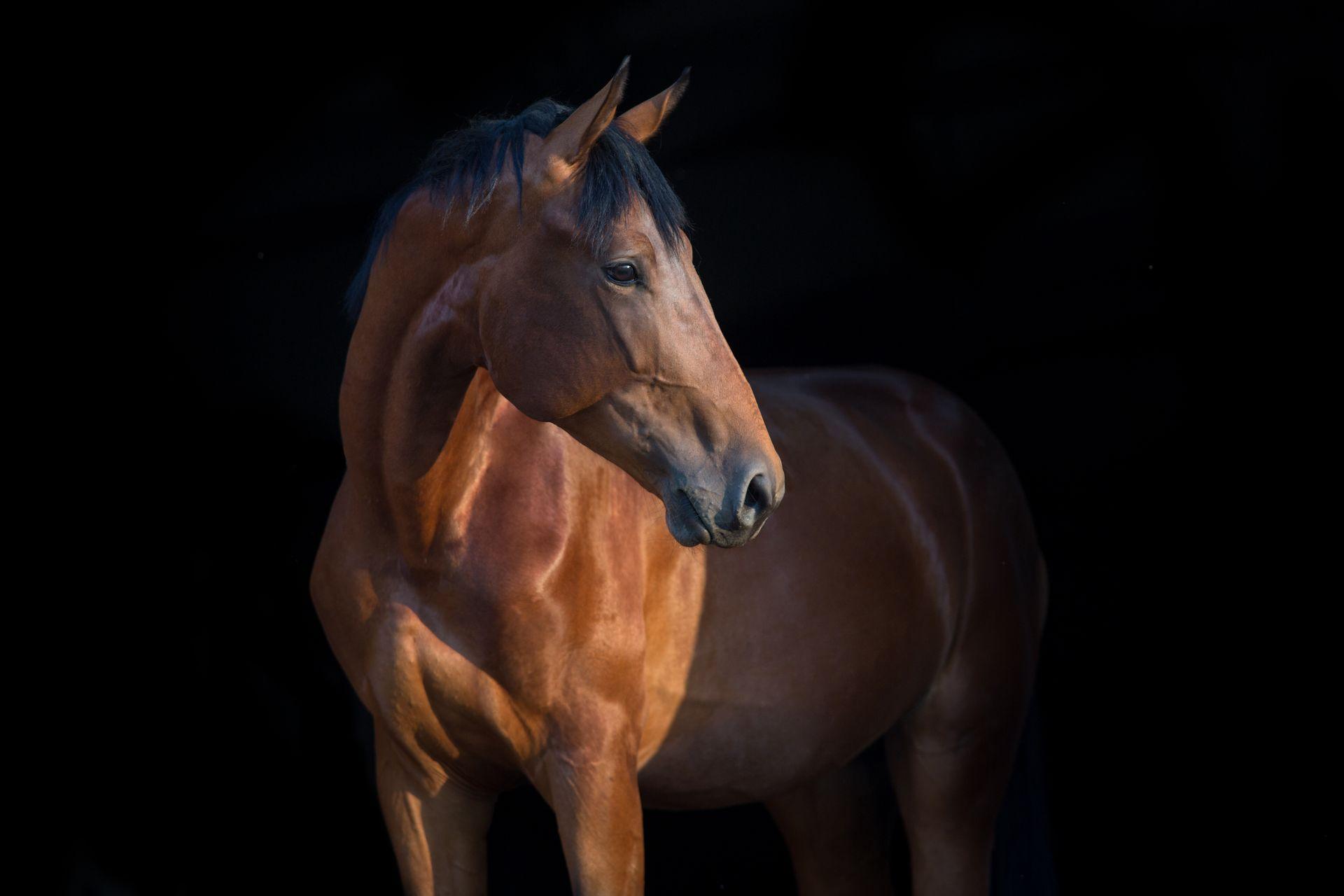
Summary
All horses are individuals - even our senior ones.
Some will require adjustments to the types of feed they’re given, while others won’t. It all depends on the individual horse and its specific needs and conditions.
There is a wide range of senior feeds on the market, but that doesn’t necessarily mean your horse needs them just because it has reached a certain age.
As long as your horse is healthy, energetic, and physically unchanged, there may be no need to alter its feeding plan.
Our best advice is to base the diet on a tested forage analysis and consult a qualified equine nutritionist.
This will help you select a forage that suits your horse and its individual needs—and ensure all nutritional requirements are met.
Remember: each year brings a new batch of forage, and with it, a new, individually tailored feeding plan for your horse.

To install this Web App in your iPhone/iPad press ![]() and then Add to Home Screen.
and then Add to Home Screen.
